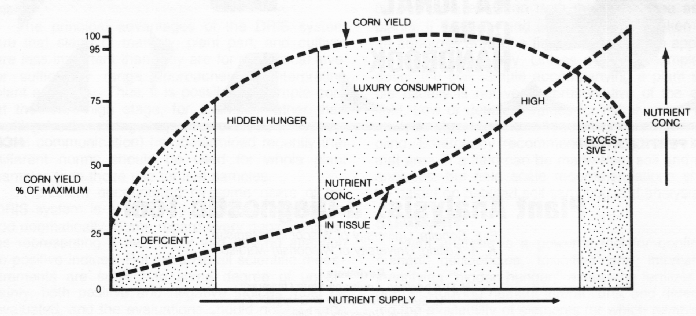Carbon hydrogen and oxygen are not analyzed routinely because they come from air or water and virtually never limit plant growth. For other crops plant tissue analysis in combination with soil test information is the recommended approach for diagnosing nutrient deficiencies and determining fertilizer requirements.
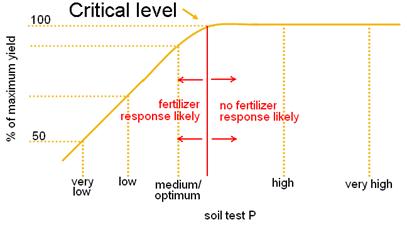 Certified Crop Advisor Study Resources Northeast Region
Certified Crop Advisor Study Resources Northeast Region
Quality control of analytical procedures.

Plant tissue nutrient analysis methods. In addition plant tissue analysis will detect unseen deficiencies and may confirm visual symptoms of deficiencies. Plant analysis allows the crop or plant to tell us what nutrients it needs. For example tests for P K etc range from exotic neutron magnetic resonance NMR techniques to field quick-test kits.
Chlorine is normally sufficient under field conditions but it. Many laboratory procedures all radically different in approach have been developed for plant analysis. Laboratory Analysis Methods and Costs Most laboratories use standard methodology to assess plant tissue.
It complements a proven soil testing plan and helps identify ways to use nutrients more efficiently. Corn Just prior to sidedressing Just prior to flowering. Unseen nutrient imbalances or toxicities can be identified as well.
Plant Tissue Sampling Daniel Geisseler Patricia Lazicki and William R. Tissue testing is most effective when used together with soil testing 13. 11112008 Automated Dumas methods could replace Kjeldahl digestions for the analysis of nitrogen N but few comparisons of these methods for plant tissue are available.
Plant species age plant part and the time of sampling can affect the values of mineral nutrients present in a given sample. Besides this the option used for the digestion of plant sample is also very important. Alone it can be used for making fertilizer recommendations for certain crops such as tree fruits and grapes.
Error precision accuracy and detection limit. Plant Tissue Culture Techniques and Nutrient Analysis inproceedingsPatra2020PlantTC titlePlant Tissue Culture Techniques and Nutrient Analysis authorJ. In general foliar tissue is digested to remove the carbon component and then examined with inductively coupled plasma emission spectrometry ICP to determine concentrations of individual nutrients.
Analysis of plant tissues is an extremely useful tool for growers. This in turn shows whether soil nutrient supplies are adequate. Reflecting what the plant was able to extract and store during the current season.
The method used by the laboratory may greatly affect the meaning of the reported results. Soil analysis for commercial field crops vegetables fruits home gardens and research. Reasons for plant analysis Problem solving Good and bad plants Monitoring Fine tuning nutrient applications Taken the same time of day from the same area in the on each sampling date.
Available nutrient content of soils. Preparation and standardization of reagent solutions. Water analysis including solutions and.
Types of analyses that we offer. Only plant analysis can identify the actual nutrient status of a plant or crop. Patra and Gitishree Das and S.
Plant tissue analysis determines essential nutrient concentrations in sampled plant tissues. Sampling Plant Tissue for Nutrient. While soil testing identifies the nutrients offered to the crop or plants plant analysis identifies how well the plants utilized the soil and applied nutrients.
Nutrient concentrations change as plants. Not only can plant tissue testing be used to monitor the nutrient status of plants but it can help identify nutrient deficiencies and imbalances. The nutrient elements measured in plant tissue depend on the laboratory to which the samples are sent.
Plant tissue analysis shows the nutrient status of plants at the time of sampling. So for taking up the analysis of. This allows growers to more effectively tailor their nutrient management programs to meet a crops specific needs.
Plant analysis is the quantitative determination of the elements in plant tissue. Leaf analysis is based on the fact that the amount of each nutrient present in leaf tissue is related to the supply uptake and use of that element during the season. Because N nutrition usually affects tissue levels of N the influence of analytical method Dumas and a modified microKjeldahl without salicylic acid pretreatment on N determination in leaves and.
Horwath Background Plant analyses are useful to diagnose nutritional problems and to monitor the fertilization program. Dispatch of soil samples to the laboratory. Testing for these 11 elements may be priced as a package.
Most laboratories analyze for nitrogen N phosphorus P potassium K calcium Ca magnesium Mg sulfur S boron B copper Cu iron Fe manganese Mn and zinc Zn. Plant tissue analysis is a valuable aid in crop management. Plant tissue analysis for grape petiole small fruit tree fruit corn stalk nitrate and research.
Handbook of reference methods for plant analysis. The concentration of most nutrients in plant tissue is restricted to quite a narrow range. For a better under-.
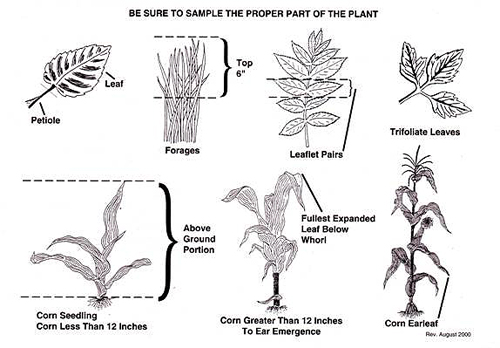 Plant Tissue Sampling Guidelines Public Clemson University South Carolina
Plant Tissue Sampling Guidelines Public Clemson University South Carolina
 Map Of The Investigated Areas In The Plant Tissue Culture Laboratory Of Download Scientific Diagram
Map Of The Investigated Areas In The Plant Tissue Culture Laboratory Of Download Scientific Diagram
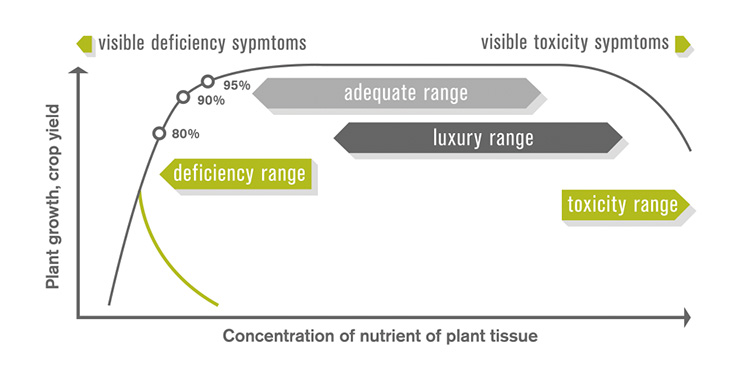 Plant Analysis Nutrient Management Mosaic Crop Nutrition
Plant Analysis Nutrient Management Mosaic Crop Nutrition
Interpretation Of Plant Analysis For Soybeans
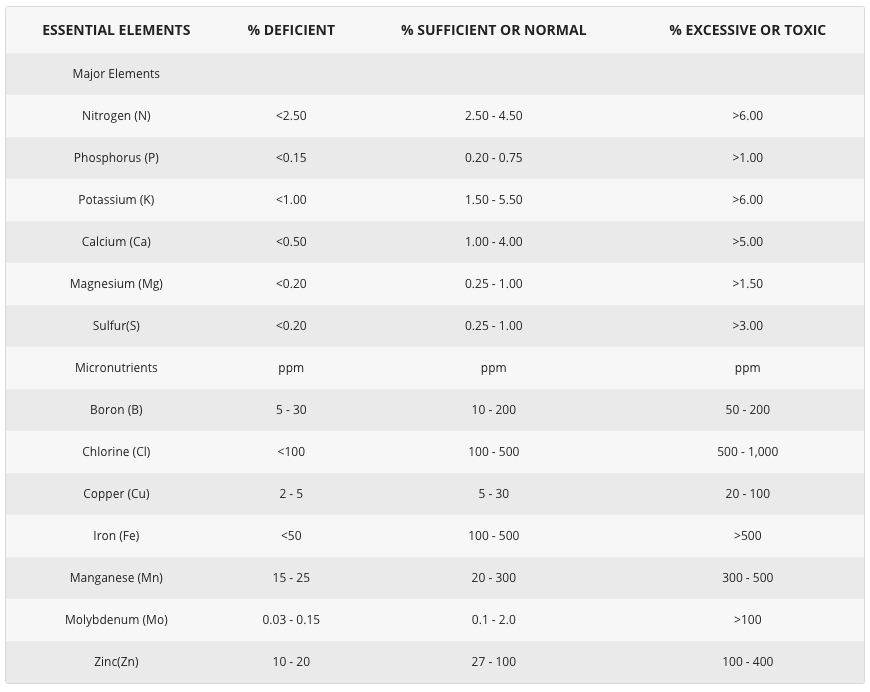 Plant Analysis Nutrient Management Mosaic Crop Nutrition
Plant Analysis Nutrient Management Mosaic Crop Nutrition
 Plant Tissue Culture Technology A Micropropagation And B Liquid Download Scientific Diagram
Plant Tissue Culture Technology A Micropropagation And B Liquid Download Scientific Diagram
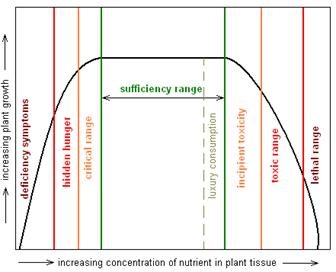 Certified Crop Advisor Study Resources Northeast Region
Certified Crop Advisor Study Resources Northeast Region
